预约演示
更新于:2025-05-07
Hospital de Mataró
更新于:2025-05-07
概览
关联
1
项与 Hospital de Mataró 相关的药物3
项与 Hospital de Mataró 相关的临床试验NCT04410744
Incidence and Risk Factors for Trocar Site Incisional Hernia Detected by Clinical and Ultrasonographic Examination.
Trocar site incisional hernia (TSIH) is the most frequent complication associated to laparoscopic surgery. Few studies currently describes its real prevalence or risk factors. The aim of this study is to determine the real incidence of TSIH and to identify risk factors in the investigator's series of patients.
A cross sectional, prospective study is performed including consecutive patients who underwent a laparoscopic procedure during a four months period. All the patients are assessed both clinically (TSIHc) and by an ultrasonographic exam (TSIHu). Main variable studied is the incidence of TSIH. A multivariate analysis is performed to identify risk factors.
A cross sectional, prospective study is performed including consecutive patients who underwent a laparoscopic procedure during a four months period. All the patients are assessed both clinically (TSIHc) and by an ultrasonographic exam (TSIHu). Main variable studied is the incidence of TSIH. A multivariate analysis is performed to identify risk factors.
开始日期2015-06-02 |
申办/合作机构 |
NCT01383694
Effect of Natural Agonists of TRPV1 in the Treatment of Functional Oropharyngeal Dysphagia in Neurological Diseases and the Elderly: Piperine
Piperine acts on the oropharyngeal TRPV1, increasing sensory input and the release of substance P. These actions may accelerate the oropharyngeal swallow response, improving the swallowing of dysphagic patients.
开始日期2011-06-01 |
申办/合作机构 |
NCT01850173
Effects of Whole Body Vibration Training in Severe Chronic Obstructive Pulmonary Disease Patients
The investigators designed the current study with the main objective of determining whether Whole Body Vibration Training (WBVT) alone improves muscular force and/or modifies the functional capacity parameters in severe Chronic Obstructive Pulmonary Disease (COPD) patients referred to a rehabilitation programme.
开始日期2010-02-01 |
申办/合作机构 |
100 项与 Hospital de Mataró 相关的临床结果
登录后查看更多信息
0 项与 Hospital de Mataró 相关的专利(医药)
登录后查看更多信息
102
项与 Hospital de Mataró 相关的文献(医药)2025-04-01·Progress in Neuro-Psychopharmacology and Biological Psychiatry
Bioenergetic markers in cerebrospinal fluid in first-episode psychosis: Are they predictors of early antipsychotic response and 1-year outcomes?
Article
作者: Daví-Loscos, Eva ; Martínez-Ramírez, María ; Cuesta, Manuel J ; Ballesteros, Alejandro ; Guanyabens, Nicolau ; Boix-Quintana, Ester ; Giné-Servén, Eloi ; Labad, Javier ; Crespo-Facorro, Benedicto ; Casado, Virginia
2025-04-01·Revista Española de Medicina Nuclear e Imagen Molecular (English Edition)
Model to predict the risk of cardiac death based on clinical characteristics and Gated-SPECT parameters
Article
作者: Pubul Nuñez, V ; Rodríguez Cabalé, E ; Ruibal Morell, Á ; Rodríguez Cabalé, G
2025-03-01·Gut
Withdrawal of antitumour necrosis factor in inflammatory bowel disease patients in remission: a randomised placebo-controlled clinical trial of GETECCU
Article
作者: Ceballos, Daniel ; Torrealba, Leyanira ; Rivero, Montserrat ; Riestra, Sabino ; Navarro-Llavat, Mercè ; Barreiro-de Acosta, Manuel ; Garre, Ana ; Rodríguez-Lago, Iago ; Iborra, Marisa ; Delgado-Guillena, Pedro ; Torrella, Emilio ; Mejuto, Rafael ; Sampedro, Manuela Josefa ; Donday, María G ; Gutiérrez, Ana ; García, María José ; Acosta, Diana ; Esteve, Maria ; Guerra, Iván ; Mañosa, Miriam ; Bosca-Watts, Marta Maia ; García-Alonso, Francisco Javier ; Morales-Alvarado, Víctor J ; García-Sánchez, Valle ; Chaparro, María ; Fernández-Salazar, Luis ; Benítez, José-Manuel ; Busquets, David ; Alonso-Abreu, Inmaculada ; Van Domselaar, Manuel ; Casanova, María José ; Serra Nilsson, Katja ; Navarro, Pablo ; Blázquez, Isabel ; Martín-Arranz, María Dolores ; Merino, Olga ; Nantes Castillejo, Óscar ; Marín Jiménez, Ignacio ; Nos, Pilar ; Muñoz Villafranca, Carmen ; García-Bosch, Orlando ; Baldán, Montse ; Marín Pedrosa, Sandra ; Gisbert, Javier P ; Vicuña Arregui, Miren ; Barrio, Jesús ; Domènech, Eugeni ; Pineda, Juan Ramón ; Batista, Lissette ; de Francisco, Ruth ; Vera Mendoza, Maribel ; Martínez, Concepción ; Bouhmidi, Abdel ; Arias-González, Laura ; Lucendo, Alfredo J ; Núñez-Ortiz, Andrea ; Panés, Julián ; Leo Carnerero, Eduardo
100 项与 Hospital de Mataró 相关的药物交易
登录后查看更多信息
100 项与 Hospital de Mataró 相关的转化医学
登录后查看更多信息
组织架构
使用我们的机构树数据加速您的研究。
登录
或
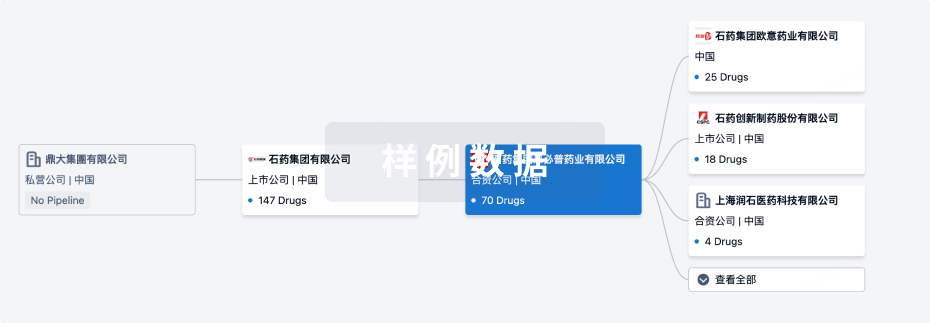
管线布局
2025年12月12日管线快照
管线布局中药物为当前组织机构及其子机构作为药物机构进行统计,早期临床1期并入临床1期,临床1/2期并入临床2期,临床2/3期并入临床3期
其他
1
登录后查看更多信息
药物交易
使用我们的药物交易数据加速您的研究。
登录
或
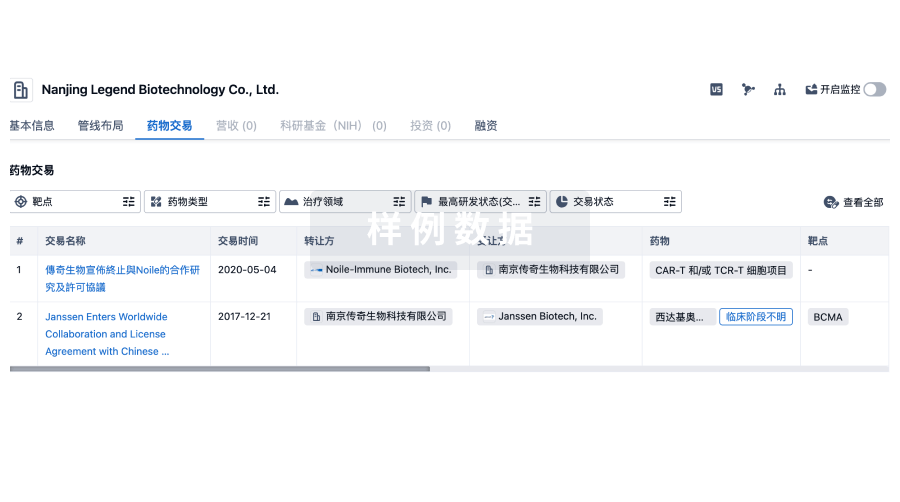
转化医学
使用我们的转化医学数据加速您的研究。
登录
或
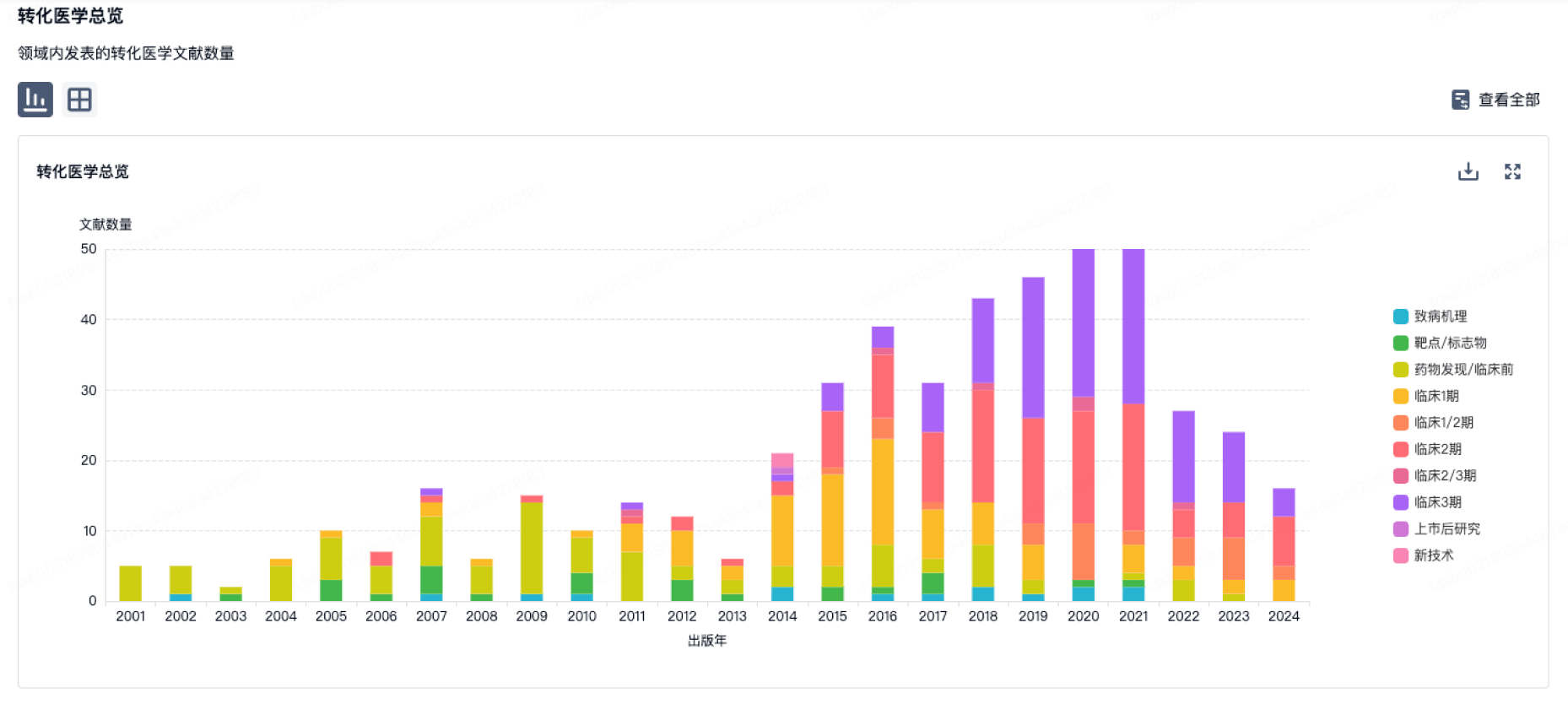
营收
使用 Synapse 探索超过 36 万个组织的财务状况。
登录
或
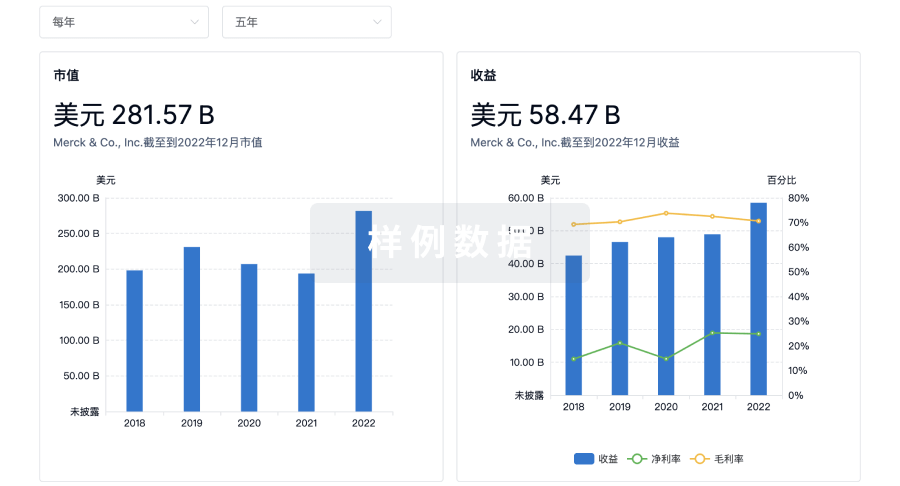
科研基金(NIH)
访问超过 200 万项资助和基金信息,以提升您的研究之旅。
登录
或
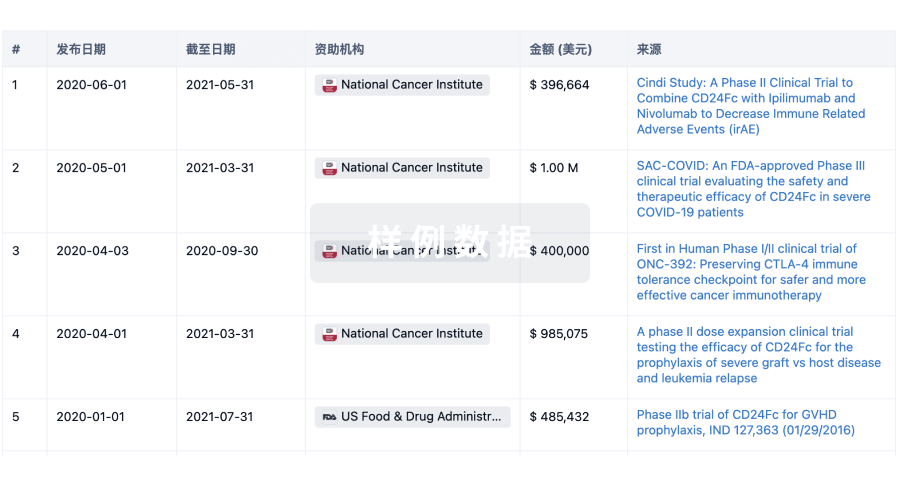
投资
深入了解从初创企业到成熟企业的最新公司投资动态。
登录
或
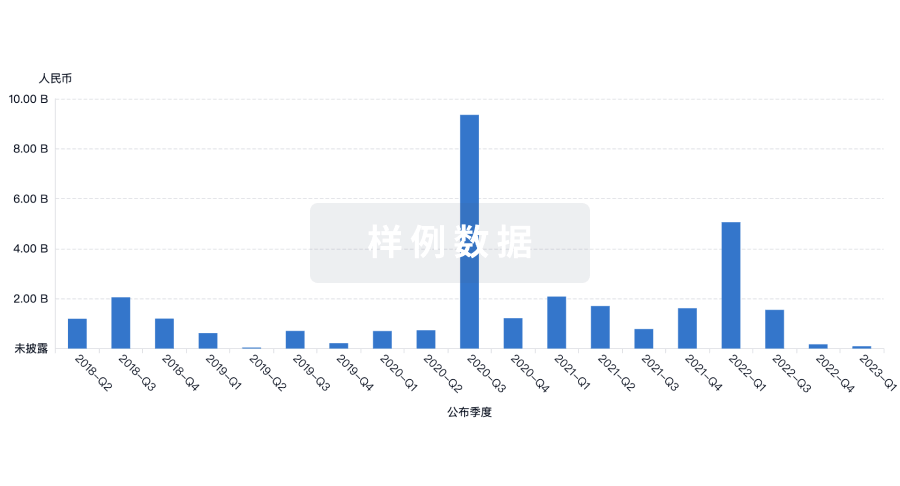
融资
发掘融资趋势以验证和推进您的投资机会。
登录
或
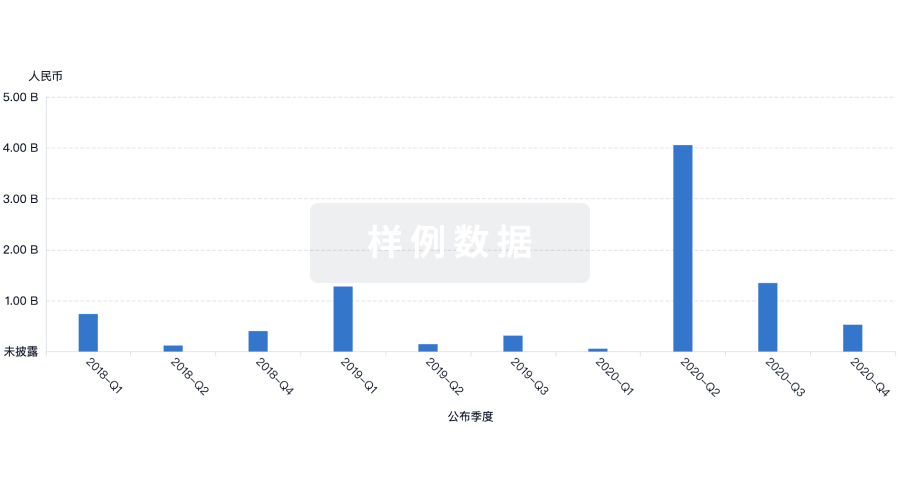
生物医药百科问答
全新生物医药AI Agent 覆盖科研全链路,让突破性发现快人一步
立即开始免费试用!
智慧芽新药情报库是智慧芽专为生命科学人士构建的基于AI的创新药情报平台,助您全方位提升您的研发与决策效率。
立即开始数据试用!
智慧芽新药库数据也通过智慧芽数据服务平台,以API或者数据包形式对外开放,助您更加充分利用智慧芽新药情报信息。
生物序列数据库
生物药研发创新
免费使用
化学结构数据库
小分子化药研发创新
免费使用